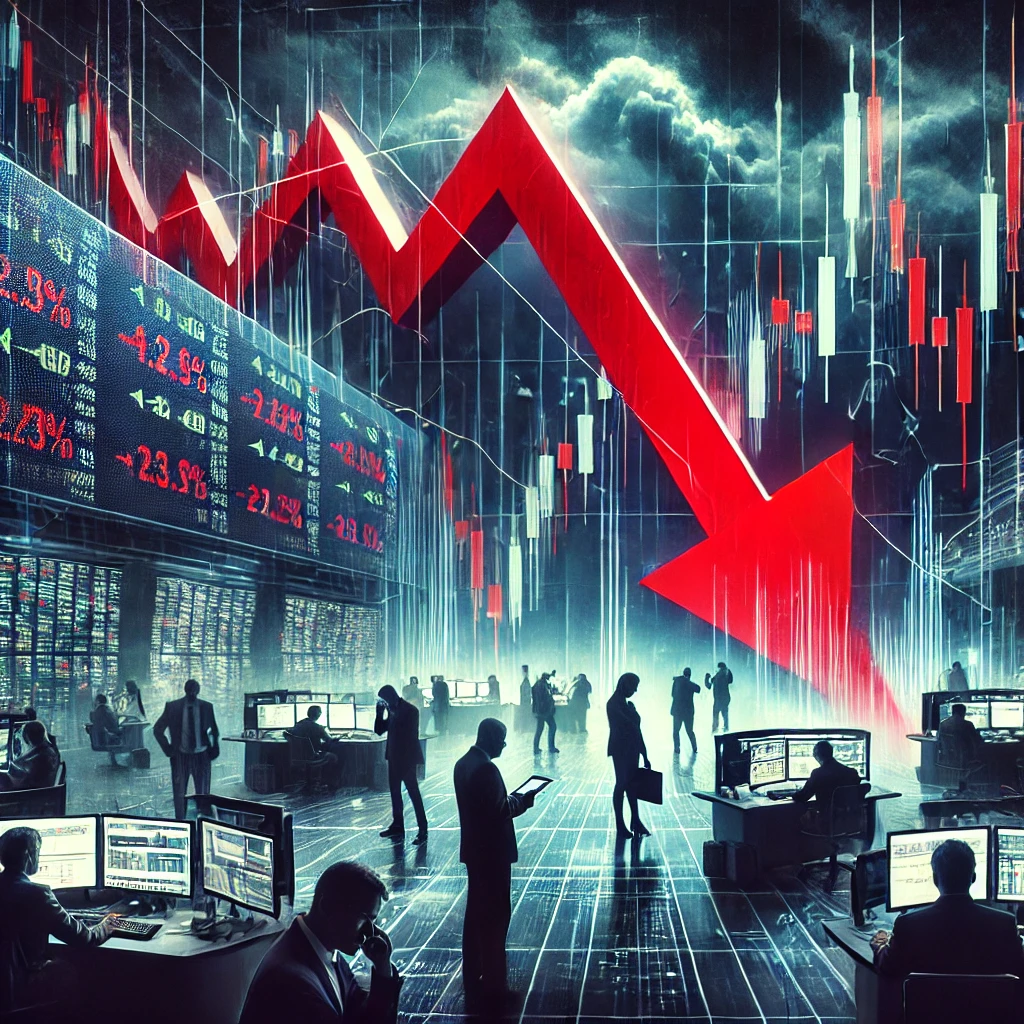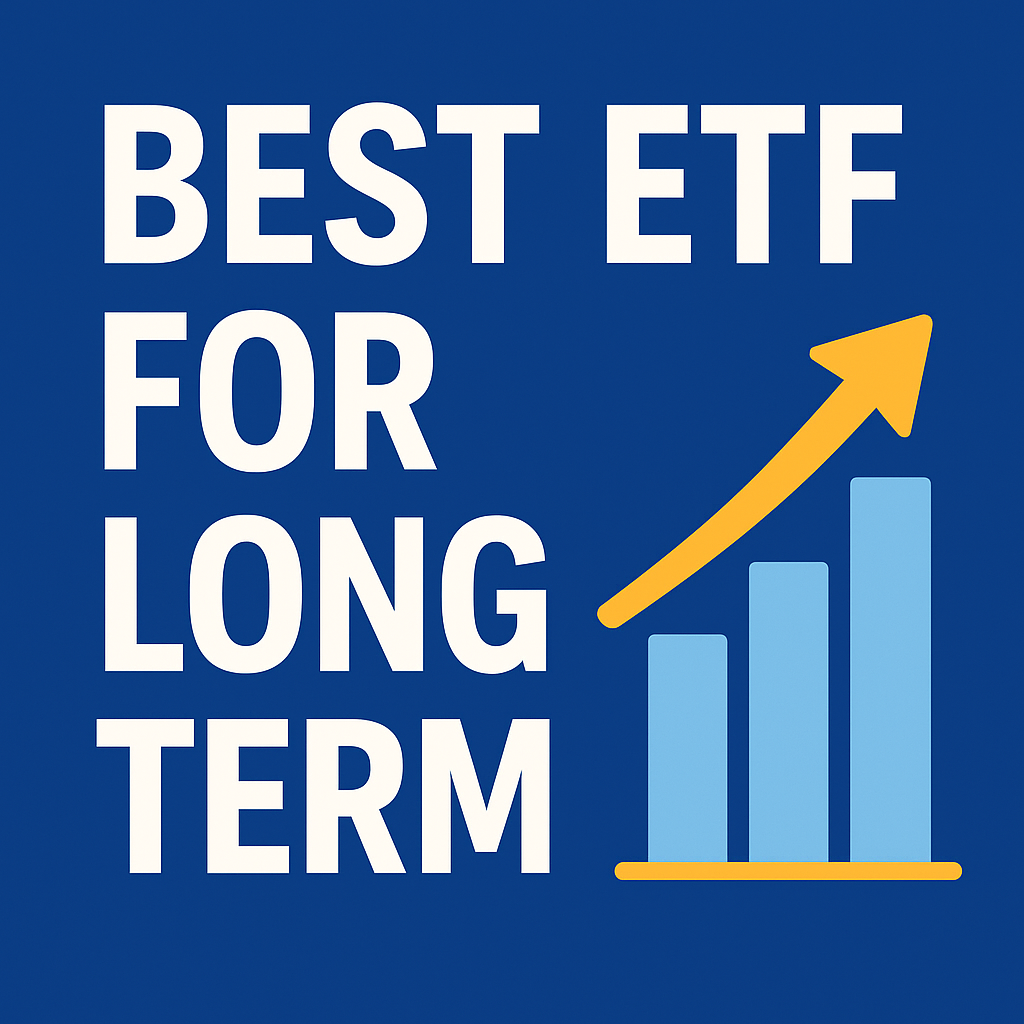Stock Market Crash: Understanding Market Cycles

Discover insights and strategies to navigate the stock market crash. Stay informed with expert analysis and tips to protect your investments effectively.
Trending News Fox, Digital Desk Team, Kolkata
Edited by Saibal Bose
Stock Market Crash: Understanding Market Cycles
The stock market is often viewed as a barometer of economic health. It reflects the dynamics of growth, stability, and investor sentiment. But, history shows that markets often experience periodic crashes. These are sudden, severe declines that can unsettle even the most seasoned investors. To navigate these turbulent waters, it’s crucial to understand market cycles and the factors that contribute to crashes.
What Is a Market Cycle?
A market cycle describes the natural fluctuations of the stock market. These fluctuations occur between periods of growth, known as bull markets, and periods of decline, called bear markets. These cycles are driven by economic, political, and psychological factors that influence investor behavior. Typically, a full cycle consists of four phases:
- Accumulation Phase: After a market downturn, savvy investors start buying undervalued assets, signaling the start of a recovery.
- Markup Phase: Optimism grows as economic indicators improve, leading to increased buying and rising prices.
- Distribution Phase: Valuations peak, and experienced investors start selling off assets, anticipating a downturn.
- Decline Phase: Fear and uncertainty dominate, resulting in widespread selling and significant price drops.
Understanding these phases can help investors make informed decisions and mitigate losses.
Causes of Stock Market Crashes
Stock market crashes are often the result of a confluence of factors, including:
- Economic Instability: Recessions, high inflation, or a sudden drop in GDP can erode investor confidence and trigger sell-offs.
- Speculative Bubbles: Excessive speculation and overvaluation of assets often lead to unsustainable growth, followed by a sharp correction.
- External Shocks: Events like geopolitical conflicts, natural disasters, or pandemics can create uncertainty and disrupt markets.
- Policy Changes: Sudden changes in interest rates, regulations, or government policies can unsettle markets.
- Mass Psychology: Fear and herd behavior amplify selling pressure during a downturn, accelerating the crash.
Historical Examples of Market Crashes
- The Great Depression (1929): The crash was triggered by speculative excess. A collapse in consumer confidence followed. This crash led to a global economic downturn.
- Black Monday (1987): A combination of program trading and panic selling occurred. This resulted in a one-day drop of 22% in the Dow Jones Industrial Average.
- Dot-Com Bubble (2000): Overvaluation of internet-based companies led to a massive market correction when the bubble burst.
- Global Financial Crisis (2008): A collapse in the U.S. housing market and widespread credit default swaps caused a severe global recession.
- COVID-19 Crash (2020): Uncertainty surrounding the pandemic led to one of the fastest bear markets in history.
Learning from Market Crashes
While market crashes are disruptive, they offer valuable lessons:
- Diversification: Spreading investments across asset classes and regions reduces risk.
- Long-Term Perspective: Staying invested through downturns often yields better results than panic selling.
- Understanding Valuations: Avoiding overvalued assets can mitigate losses during corrections.
- Emergency Funds: Keeping a part of savings in liquid assets provides a safety net during crises.
- Emotional Discipline: Avoiding impulsive decisions helps investors weather volatility.
The Role of Recovery
Market crashes, while painful, are often followed by periods of recovery and growth. Historically, markets have demonstrated resilience, rebounding stronger after downturns. For example, the S&P 500 recovered within months after the COVID-19 crash, reaching new highs.
Frequently Asked Questions (FAQ) – Stock Market Crash
1. What is a stock market crash?
A stock market crash is a sudden and significant decline in stock prices across major financial markets. It is typically characterized by panic selling, sharp declines in investor confidence, and widespread financial losses.
2. What causes a stock market crash?
Several factors can trigger a stock market crash, including:
- Economic downturns or recessions
- Global financial crises
- Geopolitical instability
- Inflation and rising interest rates
- Corporate scandals or major bankruptcies
- Speculative bubbles bursting
- Natural disasters or pandemics
3. How does a stock market crash affect the economy?
A stock market crash can lead to widespread economic consequences, including:
- Loss of investor wealth
- Reduced consumer and business confidence
- Higher unemployment rates
- Credit tightening by banks
- Potential recession or economic slowdown
4. How long does a stock market crash last?
The duration of a stock market crash varies. Some crashes are short-lived, with markets recovering within weeks or months, while others lead to prolonged economic downturns lasting years.
5. How can investors protect themselves during a crash?
Investors can mitigate risks by:
- Diversifying their portfolios
- Investing in stable assets like bonds and gold
- Avoiding panic selling
- Holding long-term investments
- Keeping emergency funds for financial stability
6. Has the stock market recovered from past crashes?
Yes, historically, the stock market has always recovered from crashes. Examples include the 1929 Great Depression, the 2008 Financial Crisis, and the COVID-19 market crash in 2020. While recovery times vary, markets have consistently rebounded over time.
7. Can a stock market crash be predicted?
Economists and analysts track indicators like economic growth, interest rates, and market trends. Still, accurately predicting a crash is extremely difficult. This difficulty is due to the complexity of financial markets.
8. What should I do if a stock market crash happens?
During a market crash, consider:
- Staying calm and avoiding impulsive decisions
- Reviewing your investment strategy
- Consulting a financial advisor
- Looking for long-term investment opportunities
- Holding onto strong, fundamentally sound stocks
9. How does a crash impact retirement savings?
A stock market crash can significantly affect retirement savings, especially if funds are heavily invested in stocks. Diversification and a balanced portfolio can help protect against severe losses.
10. Where can I get real-time updates on the stock market?
You can track stock market updates through:
- Financial news websites (Bloomberg, CNBC, Reuters)
- Stock market apps and trading platforms
- Government financial reports and central bank announcements
Understanding stock market crashes and preparing suitably can help investors navigate financial downturns with greater confidence.
Conclusion
Stock market crashes are inevitable. They are a part of market cycles driven by a complex interplay of economic, psychological, and external factors. By understanding these cycles and learning from historical examples, investors can better prepare for future downturns. A disciplined approach and a long-term outlook are essential. This mindset helps not only to survive but also to thrive in the ever-changing world of the stock market.
Here are some relevant tags for Stock Market Crash:
- #StockMarketCrash
- #MarketDownturn
- #FinancialCrisis
- #StockMarketNews
- #EconomicCrisis
- #Recession
- #WallStreet
- #BearMarket
- #MarketVolatility
- #InvestorPanic
- #StockMarketUpdate
- #GlobalEconomy
- #MarketCollapse
- #TradingLosses
- #FinanceNews
Discover more from Trending News Fox
Subscribe to get the latest posts sent to your email.



